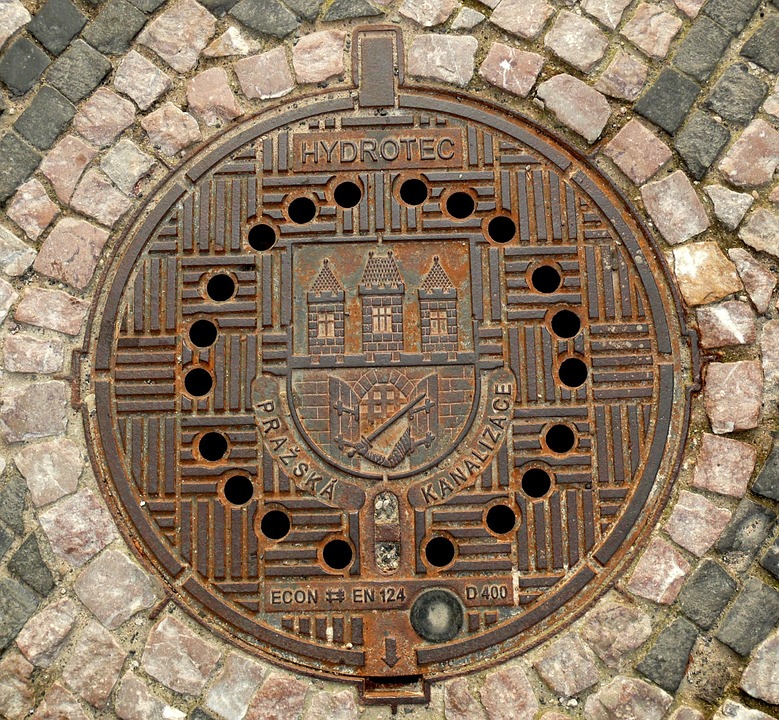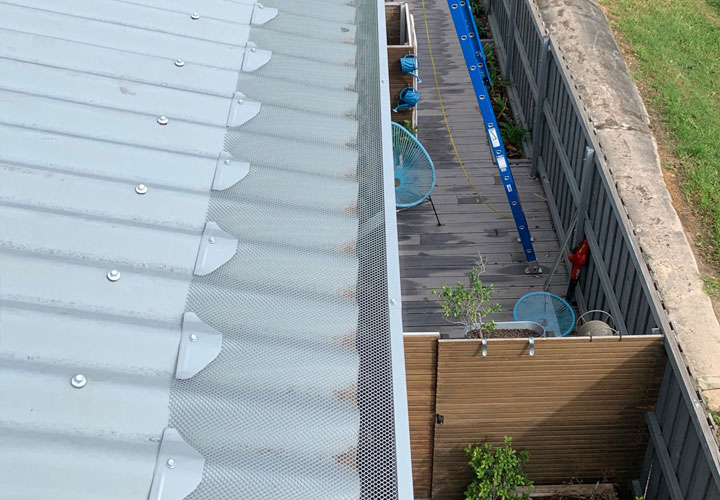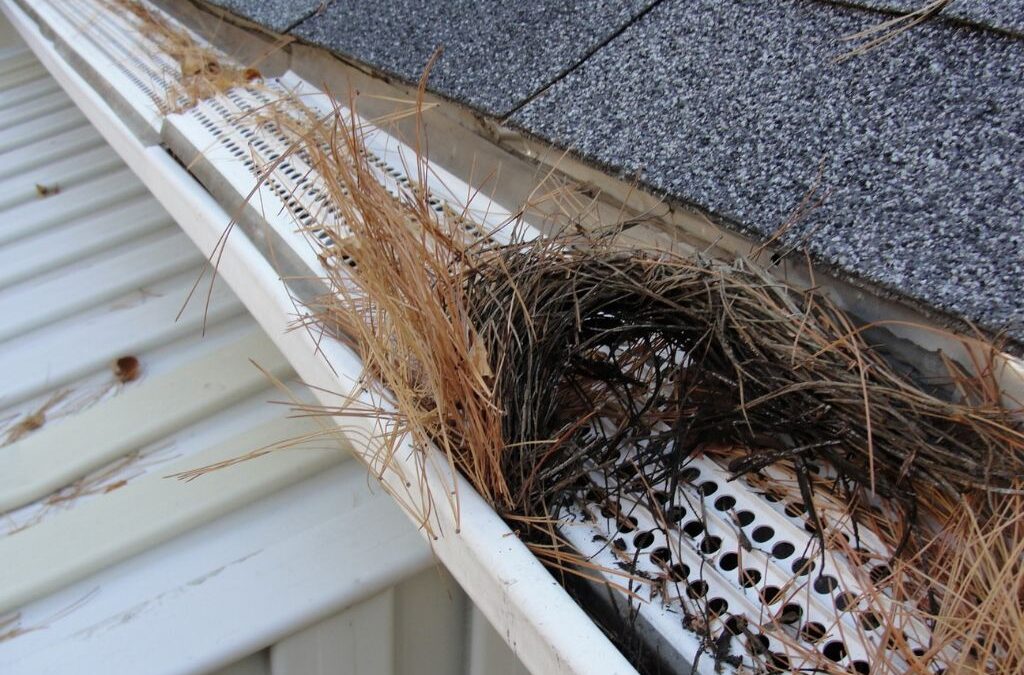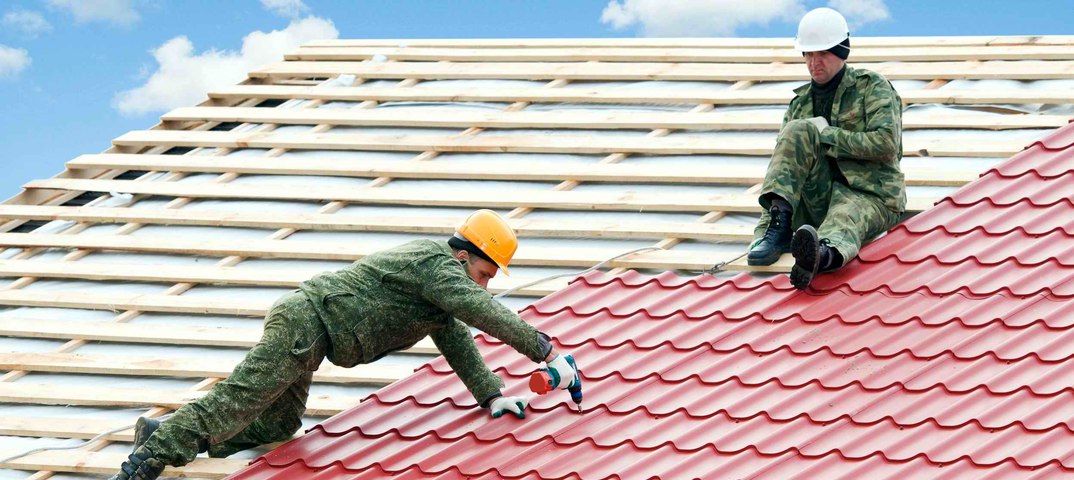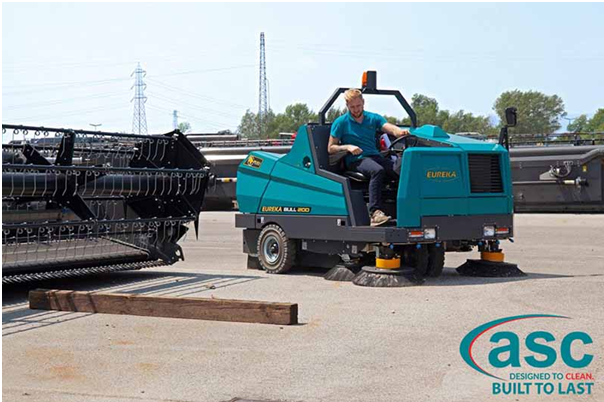Stormwater can lead to damaging flood waters invading your home. One solution to this problem is an underground dry well installation. This investment could do a lot to protect your property and your structures from excessive water accumulation. Professional installation is a must to ensure the dry wells are properly installed and placed.
What is a Dry Well?
A dry well is a basin of sorts that is placed into a trench in the ground. This basin collects water that would otherwise just pool up in the yard, then helps to divert that water away from any structural foundation and spreads it into the ground in other areas, rather than letting water stand and spread down into basements and structures.
How Do Dry Wells Work?
When dry well installation occurs, the first step is to build a trench that is deep and wide enough to accommodate the water collection basins. Typically, a dry well measures three feet wide, but the depth may vary. The depth depends on the area and its needs but usually ranges anywhere from 30 to 70 feet.
The trench is lined with a perforated casing and then is typically filled with gravel, although it can be left empty if you choose. Standing water collects in this dry well and is then diverted deep into the ground.
This helps to dispose of and redirect water to avoid flooding issues.
Benefits of Dry Wells
Dry wells offer many different benefits, but most can fit into these three categories:
- Environmental benefits
- Economic benefits
- Social benefits
Environmental Benefits
Dry wells provide environmental benefits that include redistribution of excess water. Rather than the water being wasted, it is simply moved to places where it is needed. This helps to promote groundwater recharging while also reducing the effects of erosion or sedimentation beneath the surface.
Economic Benefits
There are several different types of stormwater management systems out there. Many can be expensive to install and maintain or operate throughout the year. When you compare dry well installation and continuation to alternative systems, you will find it’s a cost-effect solution.
Social Benefits
Excess water and flooding can lead to a host of problems for homes, businesses, and even communities. A dry well can improve this on a massive scale and isn’t just for residential use. With dry wells installed in the right places, you can improve the safety and livability of areas that are prone to flooding.
Signs that You Need a Dry Well
A dry well certainly has a time and place for which it is most suitable. Remember that dry wells can be useful in public locations as well as in residential or rural settings. Watch for the following signs to determine if this could be a good solution:
- Pools of standing water
- Wet and flooded basements
- Walkways and patios that are constantly slippery
- Muddy areas that never seem to dry up well
- Lingering water after rain or snow
Can You DIY Your Dry Well Installation?
You will find a variety of online sites and videos that show you how to install a dry well as a DIY project. While those may be effective in some ways, there is always a risk that your property’s unique needs may differ completely from what is being show in the video. This is a big project, noted even by the depth of most dry wells out there.
There are some very specific requirements to install a dry well properly. The best way to ensure that happens is to hire a professional to do it for you.
Maintenance of Dry Wells
When you have dry wells installed, you need to be familiar with maintenance requirements. While maintaining them is pretty simple, it is imperative that you complete regular maintenance checks to ensure they work correctly over time.
On a monthly basis, you should do a thorough inspection of your dry wells and check for things like obstructions or blockages that could occur. Remove any trash or sediment that could cause a problem. Also, remove weeds and plants that could get in the way. Make sure the well cap is secure. Monitor rainfall and see that the water is draining away.
Every season, you should look for any damages and have repairs made if necessary. A lot of owners make the mistake of mowing over their well caps, so be careful to avoid this as it can damage your system.
If you do notice any damage or that something isn’t working properly, please contact us so we can inspect and make any necessary repairs to the system.
Let Us Do Your Dry Well Installation: Get a Free Quote from Drycrete Waterproofing
Drycrete Waterproofing has been serving the waterproofing industry for more than 30 years. Our team is determined to help you find the best solution for your needs and will make sure it gets done correctly as well. We guarantee all of our work.

 Ronak shah
Ronak shah